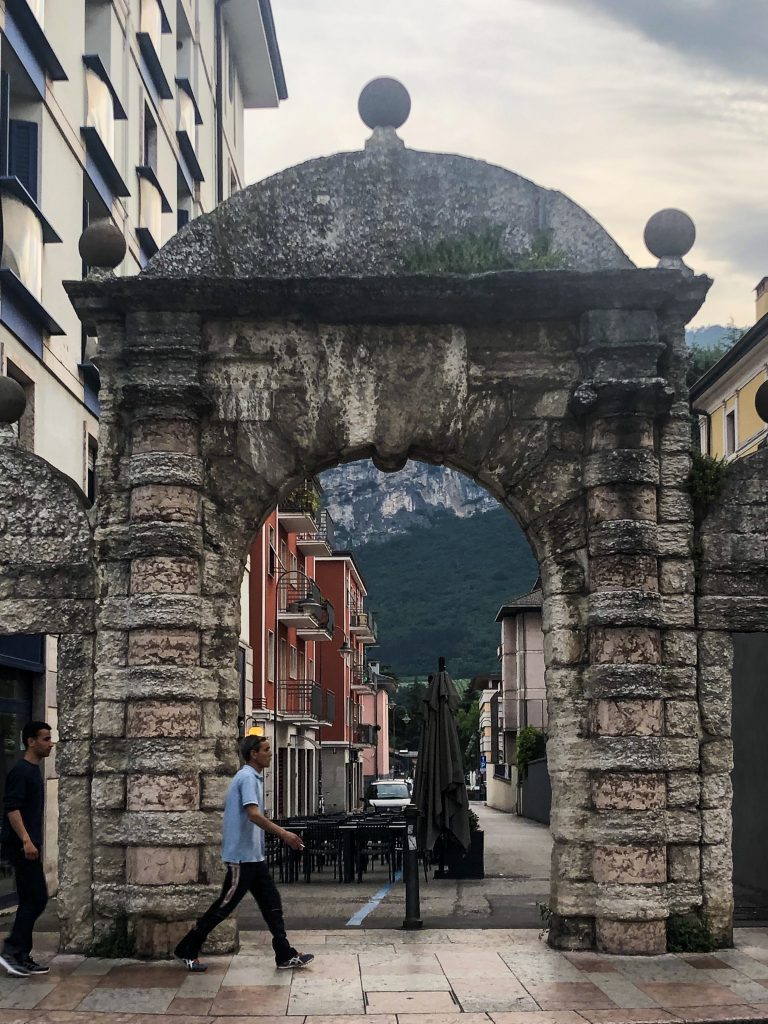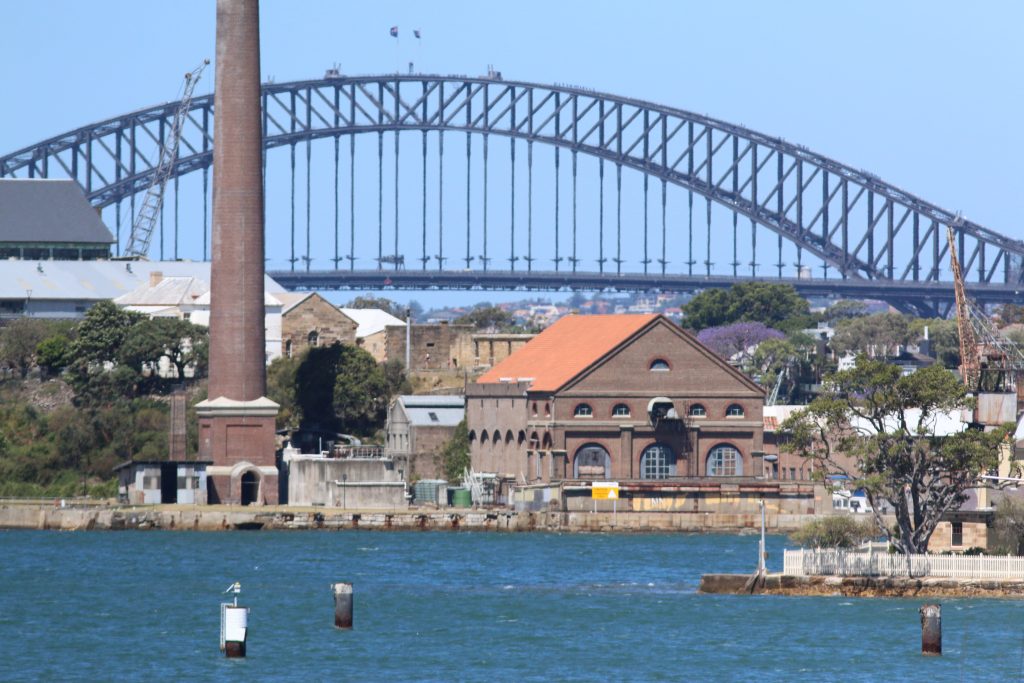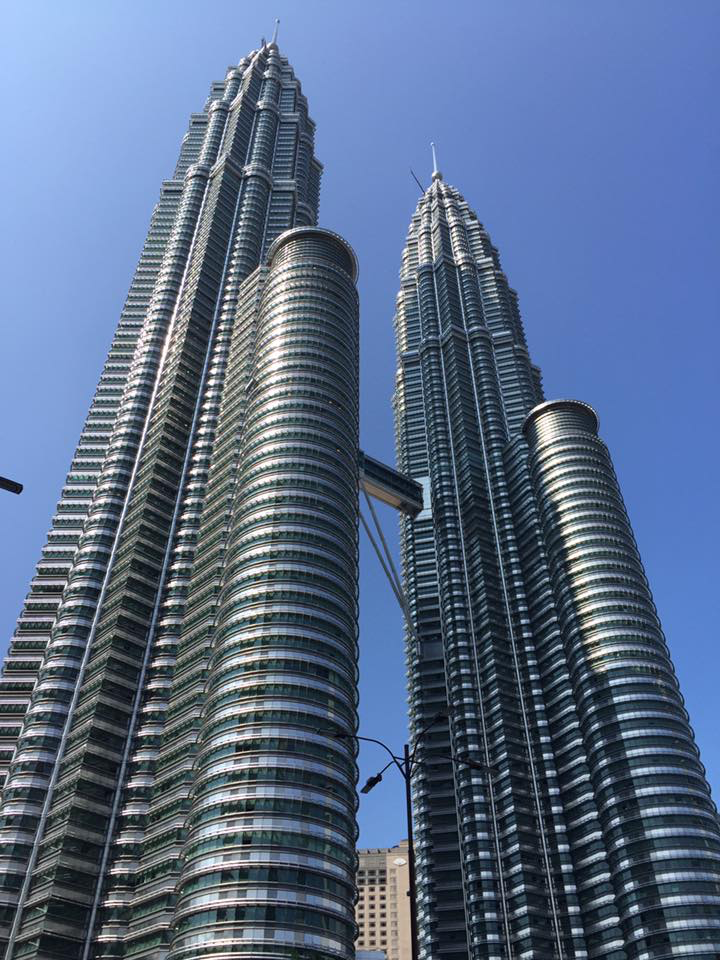
This guide provides you with essential information to prepare for your expedition, from securing the necessary permits to understanding altitude sickness and navigating the culture of teahouses. Whether you’re a seasoned trekker or a first-time adventurer, expect to be challenged, inspired, and transformed as you make your way to this iconic destination. So lace up your boots and get ready for a life-changing experience in one of the most stunning environments on Earth!
Embarking on a trek to Everest Base Camp is more than just a journey; it’s an adventure that will test your limits while rewarding you with breathtaking views and unforgettable memories. As you navigate through the heart of the Himalayas, you’ll encounter vibrant Sherpa culture, awe-inspiring landscapes, and the sheer thrill of standing in the shadow of the world’s highest peak.
Standing at 5,364 metres above sea level, Everest Base Camp isn’t just a destination—it’s a pilgrimage that transforms ordinary trekkers into extraordinary adventurers. But before you lace up those hiking boots and chase the summit of your dreams, here’s everything you need to know to make your Himalayan journey unforgettable.
Table of Contents
10 Essential Things Every First-Timer Must Know
Getting There: Your Gateway to the Roof of the World
Your adventure begins long before you set foot on the trail. Most trekkers fly into Tribhuvan International Airport in Kathmandu, Nepal’s bustling capital. From there, you’ll need to catch a domestic flight to Lukla Airport—famously dubbed one of the world’s most dangerous airports due to its short runway perched on a mountainside. This 35-minute flight offers breathtaking views but requires nerves of steel. Alternatively, you can take a longer route via road to Jiri and trek from there, adding several extra days to your journey.
Book your Lukla flights well in advance, as weather delays are common and seats fill up quickly during peak trekking seasons (March-May and September-November).
Money Matters: Rupees, ATMs, and Reality Checks
Nepal’s currency is the Nepalese Rupee (NPR), and you’ll want to sort your finances before heading into the mountains. Whilst ATMs exist in Kathmandu and some larger towns like Namche Bazaar, they are pretty much non existent. Many machines run out of cash during peak season, so bring sufficient rupees in smaller denominations.
Budget around £30-50 per day for accommodation and meals on the trail, plus extra for permits, guides, and emergency expenses. Most teahouses accept cash only, so leave the plastic at home once you start trekking.

Lost in Translation? Not Quite
Nepali is the official language, but English is widely spoken along the main trekking routes, particularly by guides, porters, and teahouse owners. Learning a few basic Nepali phrases like “Namaste” (hello/goodbye), “Dhanyabad” (thank you), and “Kati ho?” (how much?) will earn you warm smiles and potentially better prices.
The Sherpa people have their own language, and whilst many speak English, showing respect for local customs and attempting basic greetings goes a long way in building connections with your mountain hosts.
Permits: Your Paperwork Passport to Adventure
Don’t even think about starting without proper permits. You’ll need two essential documents: the Sagarmatha National Park Entry Permit (around £25) and the Khumbu Rural Municipality Permit (roughly £15). These can be obtained in Kathmandu or at the entry gate in Monjo,but getting them sorted beforehand saves precious trekking time.
Keep these permits safe and accessible—you’ll be asked to show them multiple times throughout your journey.

Timing Is Everything: When to Go
Peak seasons (March-May and September-November) offer the clearest skies and warmest temperatures, but also bring crowds and higher prices. Spring brings rhododendron blooms, whilst autumn delivers crystal-clear mountain views. Winter treks are possible but brutally cold, and monsoon season (June-August) means muddy trails and cloud-obscured views.
Most trekkers need 12-14 days for the round trip, including crucial acclimatisation days.
Altitude: Your Invisible Enemy
Acute Mountain Sickness (AMS) doesn’t discriminate—it can affect anyone regardless of fitness level. The golden rule is “climb high, sleep low” and never ascend more than 300-500 metres (I am not sure about this, perhaps use recommend not “never”) per night above 3,000 metres.
Symptoms include headaches, nausea, and fatigue. If they worsen, descend immediately. Diamox (acetazolamide) can help prevent AMS, but consult your doctor first. Remember: there’s no shame in turning back—the mountains will always be there.

Pack Smart, Trek Smarter
Layers are your best friend in the Himalayas. Temperatures can swing from pleasant t-shirt weather to arctic conditions within hours. Essential kit includes a quality sleeping bag rated to -15°C, waterproof jacket and trousers, warm hat and gloves, and sturdy trekking boots broken in beforehand.
Pack light but don’t skimp on safety gear. A comprehensive first aid kit, water purification tablets, and a reliable headtorch could save your trek—or your life.
Teahouse Culture: Your Home Away from Home
Forget camping—the teahouse system along the EBC route offers warm beds, hot meals, and cultural immersion. These family-run lodges provide basic accommodation (expect thin walls and shared bathrooms) but genuine (exceptional) hospitality. Dal bhat (rice and lentils) becomes your staple, and you’ll quickly learn why Sherpas say it gives you strength.
WiFi is available at most teahouses but expect slow speeds and extra charges. Use this digital detox opportunity to truly connect with fellow trekkers and the stunning landscape.

Fitness: Train Like Your Dreams Depend on It
Whilst you don’t need to be an Olympic athlete, good cardiovascular fitness is essential. Start training at least 3-4 months beforehand with regular hiking, stair climbing, and cardio workouts. Focus on building endurance rather than strength—you’ll be walking 5-7 hours daily for nearly two weeks.
Practice hiking with a weighted pack and break in all your gear during training hikes. Your feet will thank you later.
Guides and Porters: Your Mountain Family
Whilst independent trekking is possible, hiring a guide provides safety, expertise, cultural insights, and supports local communities. Expect to pay £20-30 per day for an experienced guide. Porters can carry your heavy kit for around £15-20 daily, allowing you to trek with just a day pack.
Ensure any guide or porter is properly equipped and insured. Reputable trekking agencies in Kathmandu can arrange everything, though you’ll pay premium prices for the convenience.

The Summit of Your Dreams Awaits
Everest Base Camp isn’t just about reaching a destination—it’s about discovering what you’re truly capable of achieving. Every step up that ancient trail brings you closer to something extraordinary, whether that’s stunning mountain vistas, deep cultural connections, or simply proving to yourself that impossible is just another word for untried.
If you are looking for a company that can take you on this journey and give you the experience of a lifetime, then look no further than Peak Potential Adventures. They will take care of the permits, porters, accommodation and planning, and ensure the journey is truly amazing.
The mountains are calling, and now you’re ready to answer. Pack your dreams, lace those boots, and prepare for the adventure of a lifetime. Everest Base Camp awaits, and after reading this, you’re already halfway there.
If you want to know more- check out my latest interview with Troy on Truly Expat Travel Podcast

Thanks for taking the time to read this article. I hope this post has given you the information you need. If you have any recommendations, tips or advice, I would love for you to share them in the comment section below!
This post may contain affiliate links, meaning we may receive a commission at no extra cost if you purchase through a link. Please see our full disclosure for further information.
Check out my Instagram page or join the Truly Expat Facebook group.
Pin it for later





